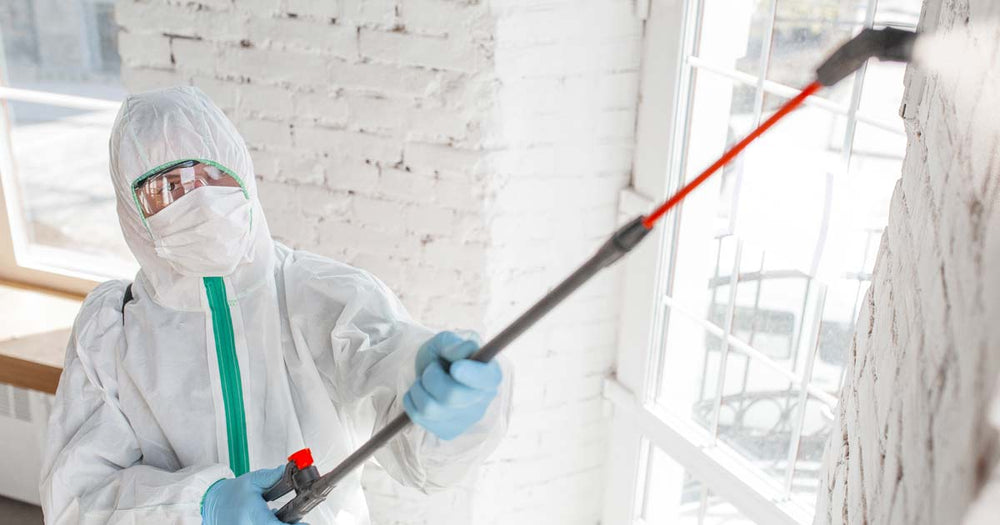
Understanding Your Budget
Before you even think about paint swatches or new countertops, you need a realistic budget. Start by figuring out how much you’re willing to spend. Consider this your absolute maximum. Then, break that down into smaller categories: materials, labor, permits, and unexpected costs (because they inevitably pop up!). Being realistic here will prevent disappointment and project creep. It’s helpful to get a few quotes from contractors to gauge the average cost for similar projects in your area. Don’t be afraid to negotiate, and remember that cheaper isn’t always better. A low bid might mean corners are cut.
Prioritize Your Must-Haves
You probably have a mental wish list a mile long. But to keep costs down, you have to prioritize. What absolutely *needs* to be done? What can wait for a future upgrade? Focusing on essential repairs and improvements first – like fixing a leaky faucet or replacing damaged cabinets – is more cost-effective than doing a complete overhaul. Create a tiered list, starting with crucial repairs and moving down to those “nice-to-haves”. This will help you make informed choices about where your budget goes.
Smart Material Choices for Saving Money
The materials you choose will significantly impact your overall cost. Instead of pricey granite, consider laminate countertops. They’re durable, come in a huge variety of colors and styles, and are much more affordable. Similarly, explore less expensive cabinet options. Refacing existing cabinets instead of replacing them completely can save thousands. You can also find reasonably priced tiles for backsplashes or flooring. Remember to consider the longevity of materials. While a cheaper option might seem attractive initially, it could cost more in the long run if it needs replacing sooner.
DIY Projects to Lower Labor Costs
Labor costs can quickly inflate your budget. If you’re handy, tackle some projects yourself. Painting cabinets, installing new hardware, or even tiling a backsplash are all manageable DIY tasks that can significantly reduce labor expenses. However, be realistic about your skills. Some jobs are best left to professionals to avoid costly mistakes and ensure safety. If you’re unsure about a particular task, it’s always better to err on the side of caution and hire a professional.
Repurposing and Refinishing Existing Items
Don’t underestimate the power of repurposing and refinishing. Instead of buying brand-new appliances, consider cleaning and repairing existing ones. Often, a deep clean and a fresh coat of paint can make older appliances look almost new. Similarly, refinishing cabinets can give them a modern look without the expense of total replacement. Consider updating cabinet hardware for a quick and inexpensive upgrade. These small changes can make a big difference in the overall look and feel of your kitchen without breaking the bank.
Shop Around for Deals and Discounts
Don’t settle for the first price you see. Shop around at different stores for materials, comparing prices and looking for sales or discounts. Consider using online marketplaces and checking for clearance items. You might be surprised at the deals you can find. Remember that timing is crucial; major retailers often have sales during specific seasons or holidays. Be patient and diligent in your search for the best prices. Checking for coupons and discounts can also add up to substantial savings.
Focus on the Essentials: Functionality over Frills
Remember that a successful kitchen renovation isn’t about having every trendy appliance or the most luxurious finishes. It’s about creating a functional and efficient space that meets your needs. Focus on improving the things that matter most – better lighting, more efficient storage, or updated appliances that improve functionality. Don’t let the desire for the latest trends distract you from the core improvements that will make the biggest difference.
Planning and Preparation are Key
Proper planning is crucial for keeping your renovation on track and within budget. Before you start demolition, create detailed plans including accurate measurements and a clear vision of the final product. This will help you avoid costly mistakes and ensure that all the materials you purchase are exactly what you need. Take your time and carefully consider every detail. A well-planned project will proceed more smoothly and is less likely to experience unexpected cost overruns. Read also about how much do kitchen renos cost








